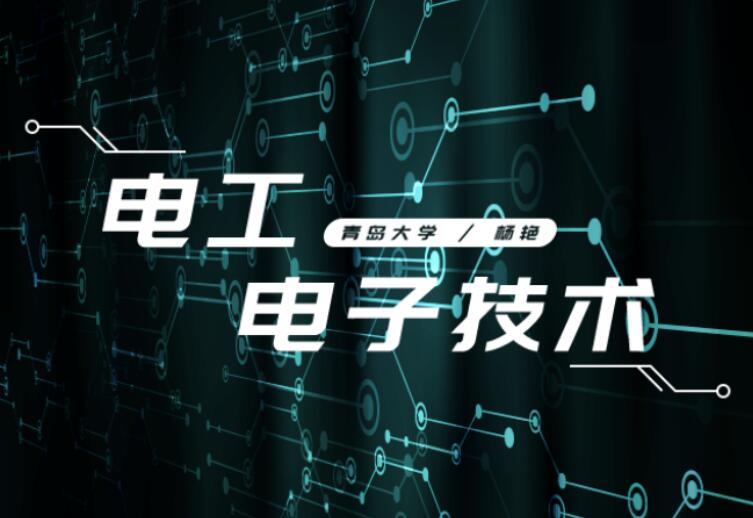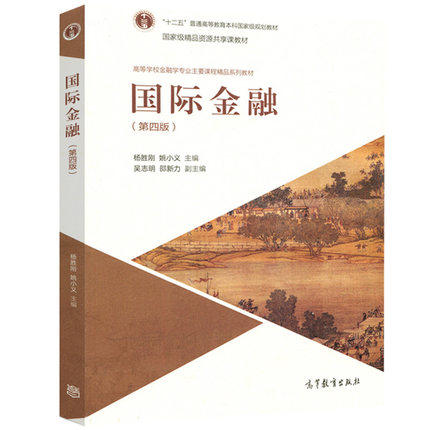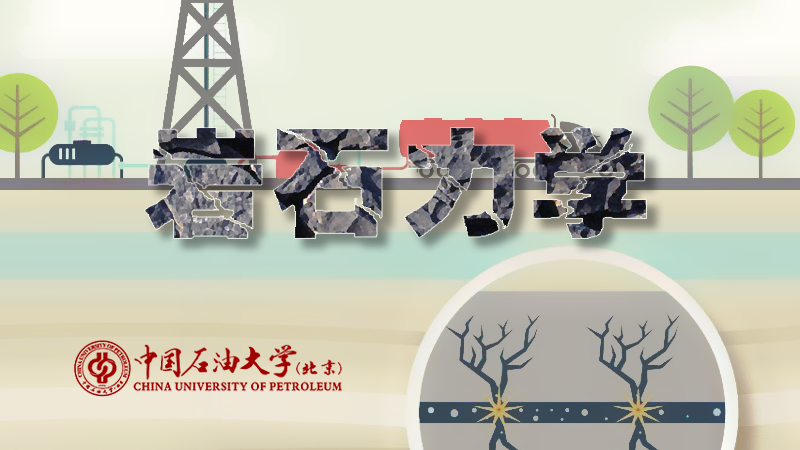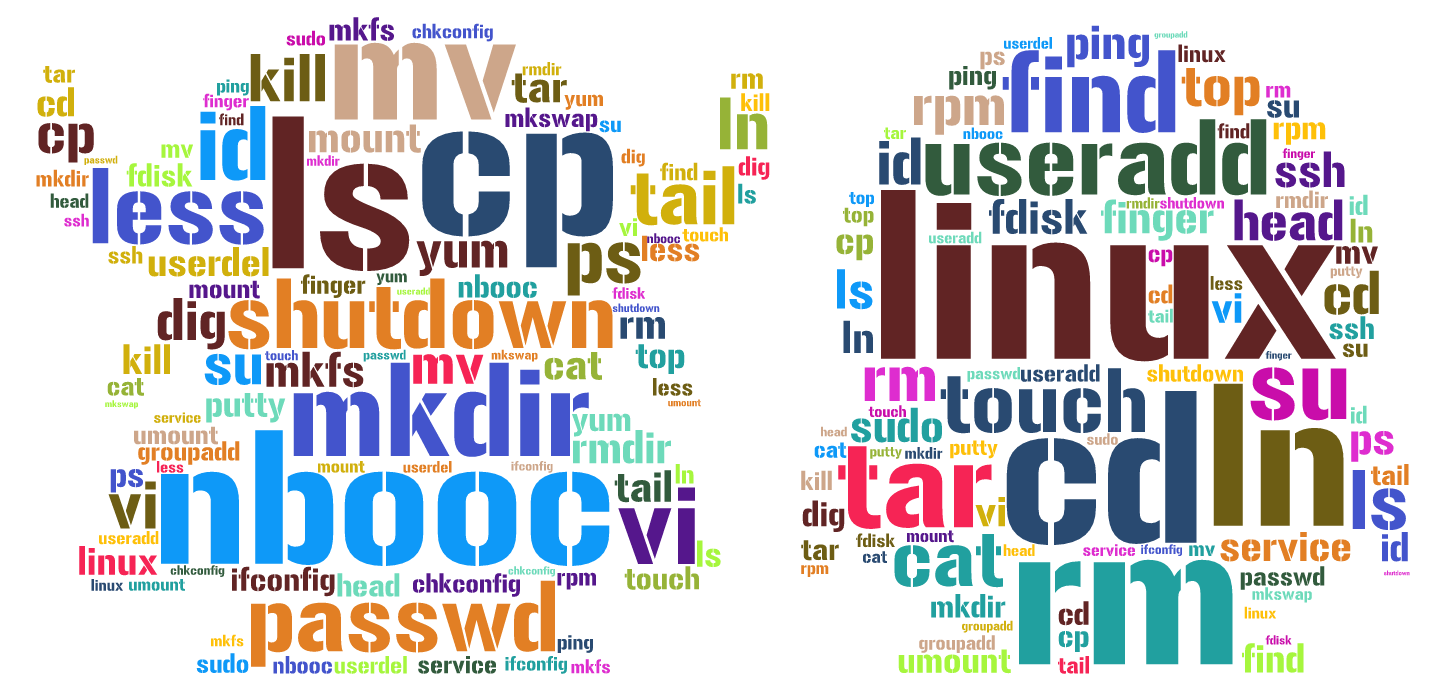
当前课程知识点:环境工程专业英语 > 4. Solid waste pollution and treatment > 4.4 Source control of solid waste > 4.4 Source control of solid waste
各位同学,大家好
欢迎回到《环境工程专业英语》课程
我是赵岩,来自北京师范大学
本部分是关于固体废物管理的章节
在这一讲,我们要谈一谈废物(处理)技术
从固体废物的源头控制开始
首先,废物管理系统是由复杂的技术和技术组合所构成的
一开始,废物在源头产生并进行分类
然后废物被收集和运输,有时会经过中转站
在那之后,废物通过不同的技术被处理
比如由生物处理设施,回收设施,
以及可以进行能量回收的焚烧处理等
最后,废物或处理后的剩余物在填埋场进行处置
在这些技术之间可能存在交叉的废物流
“废物产生”涉及废物的源头
以及在家庭中产生、分类和收集的废物
“废物产生”是在废物系统中对要被管理的废物进行量化的环节
这样我们就知道处理所有产生的废物需要多大的处理能力
“废物产生”会被很多甚至未知的因素影响
比如人口,生活习惯,生活水平,甚至是教育程度
这里有几个术语是我们需要知道的
“废物源头”指的是废物产生的物理位置
包括住宅,公共机构,商业和办公室
建筑业,制造业等
“废物类别”指的是来自同一源头的废物大类
比如住宅废物,建筑和拆迁废物
工业废物,商业废物等等
“废物种类”是在废物大类里的小分类
是具有共同特性,但可以分别收集和处理的废物
比如有家庭垃圾,花园和庭院垃圾,大件垃圾
家庭有害垃圾,具体行业的废物,以及电子废物
“物质组成”指的是废物材料的主要类别
包括纸类,玻璃,塑料,废铁,铝,厨余垃圾,纺织物,灰渣等等
“物质组成”可以被进一步分为亚组分
这样便于人们识别并进行源头分类
比如纸这一组分可以被细分为报纸,杂志,纸巾等等
源头分类是指将废物在源头进行分离
使其分为不同的废物类型,物质组分或亚组分
以便分类回收和处理
我们知道,现在中国的生活垃圾源头分类是强制性的
根据我们之前提到的废物(管理)层级
我们在废物管理中首先要做的是
使废物减量化和回收
为什么优先选择这两种方式呢?
我们的总体目标是减少废物带来的环境负担
包括资源(消耗),污染排放和空间需求
具体目标包括减少废物量
减少诸如金属、营养物和有机化学物质的排放
同时增加再循环的能力
一个更重要的原因是“成本”
废物减量化化和废物回收
可以使在后续废物处理和管理的成本最小化
因为需要处理的废物量更少了
这里有一个例子可以解释回收的好处
我们知道啤酒瓶可以回收并重复多次使用
假如我们使用不可回收的啤酒瓶
当我们消费1000瓶啤酒时
我们就需要处理1000个废瓶子
但当我们能够回收这些啤酒瓶
通过回收84%的啤酒瓶,我们只需要处理160个废瓶子
进一步地,如果我们像现在正在做的那样,(消费后)归还啤酒瓶并重复使用32次
我们消费1000瓶啤酒,只需要处理5个废瓶子
这意味着平均每人每年可以减少8-12kg的废物量
这能使我们在瓶子的生产和处理环节省下一大笔钱
“源头分类”又叫“源头分离”
是固体废物源头管理的另一种方法
在中国,城市生活垃圾被分为4个不同的类别
分别是有害垃圾,可回收物,厨余垃圾和其他垃圾
但是源头分类的目的是什么呢?
其主要的目的是减少废物处理带来的环境负担
通过增加回收和利用可以节约资源和减少污染排放
还可以通过采用合适的处理方式来减少污染
然而,源头分类也会面临两难的情况
如果更多的组分被分类收集
每个组分就会得到更好的处理
同时市民也可能更有兴趣(参与)
但是各组分的收集和运输成本会更高
也会给市民带来更多不便
分类错误的风险也更大
总之,源头分类策略应该适应于
居民的生活水平,教育水平
以及后续固体废物处理处置技术的构成
这次课就到这里,谢谢大家
-1.1 Introduction of water resource
--1.1 Introduction of water resource
-1.2 Conventional drinking water treatment
--1.2 Conventional drinking water treatment
-Task 1
-2.1 Introduction of wastewater
--2.1 Introduction of wastewater
-2.2 Introduction of wastewater treatment
--2.2 Introduction of wastewater treatment
-2.3 Physical unit process
-2.4 Chemical unit process
-2.5 Fundamentals of biological unit processes
--2.5 Fundamentals of biological unit processes
-2.6 Suspended growth biological treatment processes
--2.6 Suspended growth biological treatment processes
-2.7 Attached growth biological treatment processes
--2.7 Attached growth biological treatment processes
-2.8 Anaerobic biological treatment processes
--2.8 Anaerobic biological treatment processes
-2.9 Nutrient Removal processes
--2.9 Nutrient Removal processes
-Task 2
-3.1 Smog
--3.1 Smog
-3.2 Visibility and haze
-3.3 Particle size
-3.4 Climate change
-Task 3
-4.1 What is solid waste
-4.2 Issues in solid waste
-4.3Management of solid waste
--4.3 Management of solid waste
-4.4 Source control of solid waste
--4.4 Source control of solid waste
-4.5 Collection and transportation of solid waste
--4.5 Collection and transportation of solid waste
-4.6 Waste treatment technology
--4.6 Waste treatment technology
-4.7 Destination of solid waste treatment
--4.7 Destination of solid waste treatment
-Task 4
-5.1 A brief introduction of research
--5.1 A brief introduction of research
-5.2 How to read scientific papers and management of references
--5.2 How to read scientific papers and management of references
-5.3 Research proposal (1)
-5.4 Research proposal (2)
-Task 5
-6.1 What makes a great paper
--6.1 What makes a great paper
-6.2 Writing style of journal paper
--6.2 Writing style of journal paper
-6.3 Research article structure
--6.3 Research article structure
-6.4 Figures and tables
-6.5 Methodology(1)
-6.6 Methodology(2)
-6.7 Result
-6.8 Introduction(1)
-6.9 Introduction(2)
-6.10 Discussion and conclusion
--6.10 Discussion and conclusion
-6.11 Title
-6.12 Attribution
-6.13 Abstract and acknowledgement
--6.13 Abstract and acknowledgement
-6.14 Submission of academic paper(1)
--6.14 Submission of academic paper(1)
-6.15 Submission of academic paper(2)
--6.15 Submission of academic paper(2)
-6.16 Publication of academic paper
--6.16 Publication of academic paper
-Task 6
-7.1 E-mail expression
-7.2 The structure of presentation
--7.2 The structure of presentation
-7.3 The delivery of presentation
--7.3 The delivery of presentation
-7.4 Question and answer session
--7.4 Question and answer session
-7.5 Chairing a conference



